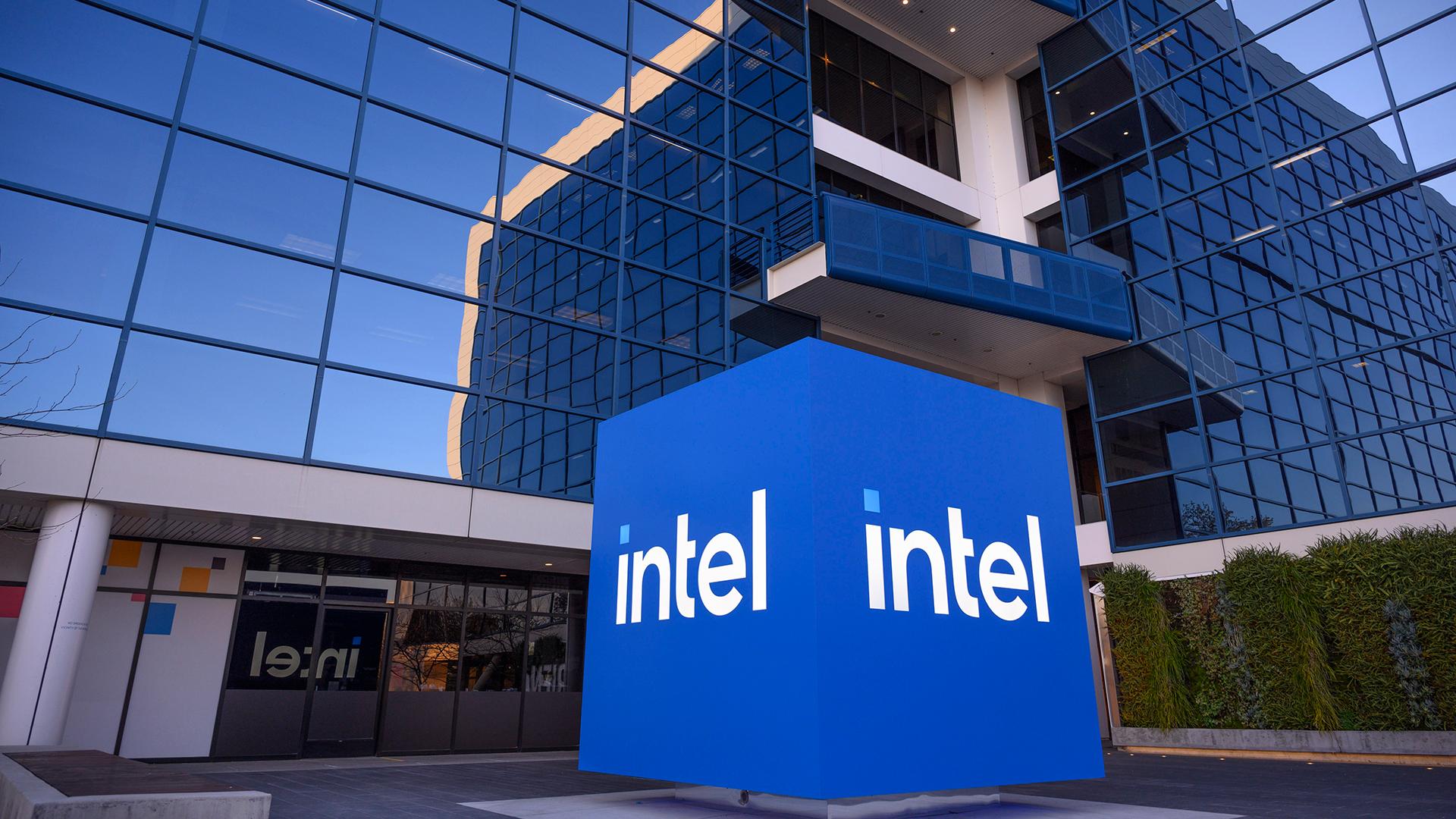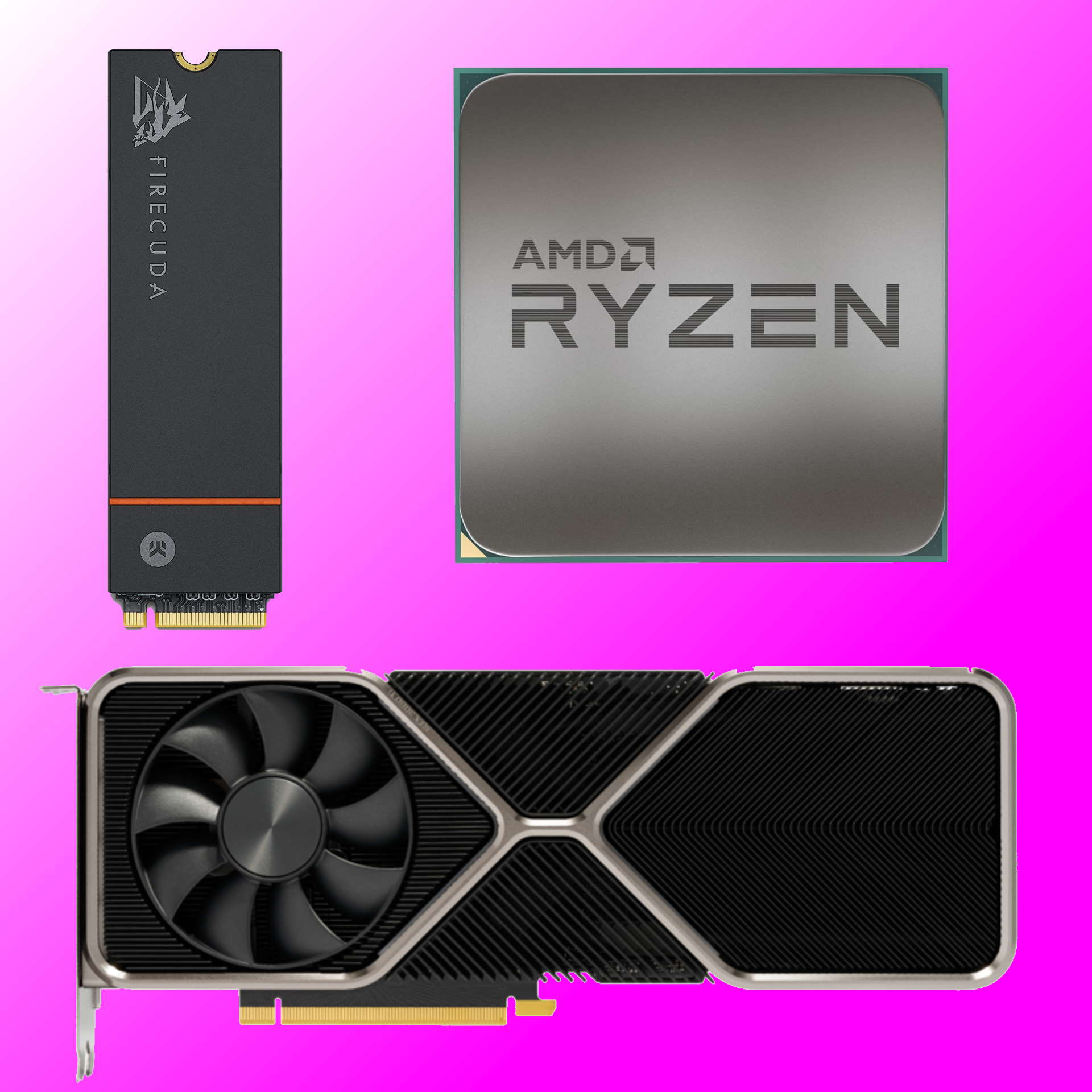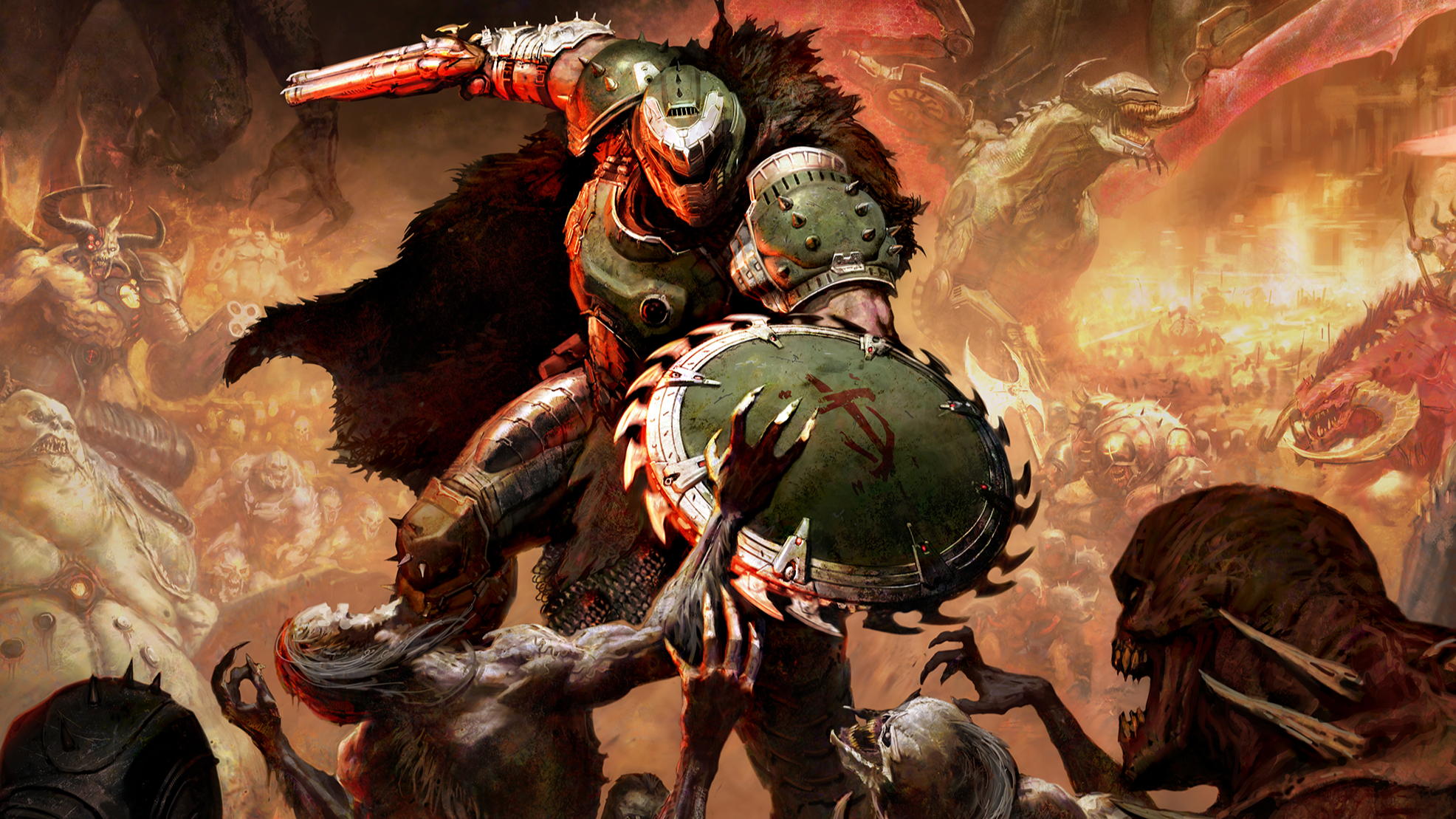
Client, data, AI, networking, and edge were all up compared to 2023.
You’d be forgiven for thinking that 2024 was a year that Intel would prefer to just forget about. Raptor Lake chips self-destructing, Arrow Lake disappointing, and Pat Gelsinger getting the boot (sorry, retiring) were just some of the low points from last year. However, it wasn’t all gloom and doom as it turns out that Intel’s products all generated more revenue than the previous year, despite making a substantial $19 billion loss.
So how did Intel manage to do well and poorly at the same time? In the case of the latter, the 2024 financial year statement shows the culprits to be its foundry service (Intel’s chip-making plants) and something called intersegment eliminations. I’m certainly no financial expert but as I understand it, that refers to money being transferred between different segments of a business and in Intel’s case, it was a pretty steep $17 billion in transferred revenue.
The real money loser was Intel Foundry with a net loss of $13.4 billion off a revenue of $17.5 billion. It’s important to note here that Intel has been spending a lot of cash gearing up its fabrication and packing plants around the world, especially those that will be using its 18A process node, the very thing that Gelsinger “bet the whole company on“.
For example, in its financial report, Intel states that $23.9 billion and $37.9 billion were spent on “additions to property, plant, and equipment” and “purchases of short-term investments” respectively. In turn, it generated a little over $41 billion in cash through “maturities and sales of short-term investments”.
While the other divisions (Client, Data Center and AI, Networking and Edge) only generated a little extra revenue apiece, compared to 2023, they all turned in a net profit. Networking and Edge did especially well in 2024, although Data Center was down a touch. So while PC gamers might not have liked the Core Ultra 200S range all that much, it’s clear that OEMs, system builders, and others are still buying plenty of Intel processors.
All of which suggests to me that Intel, as a whole, is doing fine though as I mentioned before, I am absolutely no money magician. Share prices briefly rose after Intel posted its financials before plopping back down to where they were, so perhaps the stock market is inclined to disagree with me.
I suppose it does raise the question (again) of what the future holds for Intel Foundry. After all, no matter how much money one throws at something, it eventually has to start making a genuine profit but precisely because Intel is spending so much cash on its plants, it’s hard to tell just how much money its foundry arm is actually making.
$17 billion in revenue isn’t to be sniffed at but if that’s entirely Intel’s own cash (i.e. it’s paying itself to make its own chips, rather than $17 billion in outside orders), then the picture is even muddier.
AMD will be reporting its 2024 financials tomorrow, so it will be interesting to see how Team Red’s year has panned out compared to Team Blue’s. Of course, TSMC manufactures everything for it, so AMD doesn’t have a hugely expensive foundry service dragging it down (it learned that lesson many years ago) but that doesn’t mean it’s going to be McScooge rich in cash.
Anyone fancy making a dollar bet that AMD’s Client figures are better than Intel’s? I’m game if you are.
Best CPU for gaming: Top chips from Intel and AMD.
Best gaming motherboard: The right boards.
Best graphics card: Your perfect pixel-pusher awaits.
Best SSD for gaming: Get into the game first.







